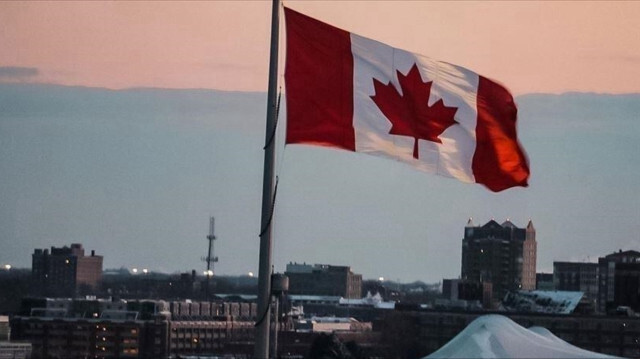As urban populations soar wastewater treatment struggles to find sustainable solutions
Activated sludge comes of age
Book AnnouncementIMAGE: COVER OF "ACTIVATED SLUDGE: DEVELOPMENTS AND SUSTAINABLE SOLUTIONS" view more
CREDIT: WORLD SCIENTIFIC
Globally, activated sludge treats the majority of urban wastewaters; yet it is one of the most complex biological processes used. It is a sophisticated microbial process fraught with operational problems leading to occasional failures in achieving required effluent quality standards. With the increasing problem of partially treated and raw sewage entering rivers and estuaries, the pressure on the process to cope with ever increasing volumes of wastewater has never been so great.
With increasing volumes of dilute wastewater entering treatment plants the high variability in hydraulic and organic loadings cause significant problems to operators of activated sludge plants, often resulting in untreated wastewater entering rivers. There is a long delay between design, funding and construction of wastewater treatment plants, including retrofitting, and so the problem of surface water pollution is on the rise, This is exacerbated by rapid housing developments in areas where there is insufficient wastewater treatment capacity or where receiving waters are insufficient to cope with increased loadings requiring increasingly higher levels of treatment. The better the effluent quality the more costly wastewater becomes to treat in terms of capital cost, energy usage and greenhouse gas emissions. The challenge for operators, designers, consultants and researchers is to find novel solutions that are reliable, sustainable and able to rapidly increase treatment capacity at minimum cost. This is a tall order and requires a firm understanding of the process and, in particular, how bacterial flocs are formed, develop and respond to different operating conditions.
Activated Sludge: Developments and Sustainable Solutions explores in detail the microbial basis of activated sludge, especially the fascinating process of floc formation and development, the role of the organisms, and how a new understanding of the biology of the process has led to the creation of many new innovative process designs. Developments in basin design have created multiple reactor stages allowing a range of anaerobic, anoxic and aerobic zones to capitalize on a wider range of organisms able to remove nitrogen and phosphorus as well as organic matter. The high energy intensive conventional systems are now replaced with highly controlled reactors operating at low dissolved oxygen concentrations using a new generation of aeration devices. Underlying all this are the increasing challenges of ever-increasing loadings, climate change, nanoparticles, microplastics, pathogen removal and antibiotic gene transfer. The development of membrane bioreactors has removed the problems of settleability thereby increasing process reliability and effluent quality, while integrated fixed-film activated-sludge processes are more efficient and compact. Activated sludge is over a hundred years old as a process and is being reimagined into a highly efficient, reliable, and increasingly sustainable treatment process. The book concludes by exploring how activated sludge can become even more sustainable, for example, by carbon harvesting and by product recovery.
This interdisciplinary book is essential reading for both engineers and scientists whether training at university or practitioners and consultants in the wastewater industry. Activated Sludge: Developments and Sustainable Solutions retails for US$168 / £150 (hardcover) and is also available in electronic formats. To order or know more about the book, visit http://www.worldscientific.com/worldscibooks/10.1142/Q0408.
###
About the Author
Professor Nick Gray is a founding member and former Director of the Trinity Centre for the Environment, a hub for interdisciplinary research and teaching at Trinity College Dublin. He is an expert hydrobiologist specializing in biological wastewater treatment and water pollution control. He combines his research and experience as a consultant environmental engineer and scientist into his teaching and writing. He has written over 180 papers in 49 different journals and is the author of 15 books and numerous book chapters.
About World Scientific Publishing Co.
World Scientific Publishing is a leading international independent publisher of books and journals for the scholarly, research and professional communities. World Scientific collaborates with prestigious organisations like the Nobel Foundation and US National Academies Press to bring high quality academic and professional content to researchers and academics worldwide. The company publishes about 600 books and over 160 journals in various fields annually. To find out more about World Scientific, please visit www.worldscientific.com.
For more information, contact WSPC Communications at communications@wspc.com.



